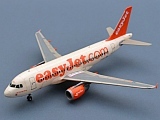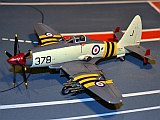December 2016
Westland Wyvern
Airbus A319
www.gengriz.co.uk
Background Image: The view from the cabin of an easyJet A320 as it turns over the Firth of Forth to land at Edinburgh
The Airbus 320 family first flew in 1987 and consists of 4 types: the basic A320, the shortened A319 and A318 variants, and the stretched A321. Airbus A319s are assembled in Hamburg using components from across Europe, including wings manufactured by Airbus in the UK at Filton and Chester.
Over 1,400 Airbus A319 aircraft are currently in service with 106 operators. Easyjet and American Airlines operate the largest A319 fleets, consisting of 144 and 125 aircraft respectively.
Easyjet operate A320s and A319s from Bristol airport on a range of European routes, including up to 3 flights a day to Edinburgh.
Over the last 4 years I have been a regular traveller on easyJet’s Bristol/Edinburgh
flights. This build uses the excellent Two-
Revell’s kit is nicely moulded and fits together well. Fitting the cockpit windows was also surprisingly difficult due to a lack of fixing surface and I ended up having to fill them with Tippex. Like most 1:144 airliner kits, in comparison to larger scales it is a relatively simple build with few parts and limited detail. It has been released many times, with excellent decals for a number of airlines. Mine was a British Airways release, but although the kit decals are of excellent quality, I replaced them with after market easyJet ones, including, as seems to be the fashion in this scale, replacement decals to cover the kit’s windows.
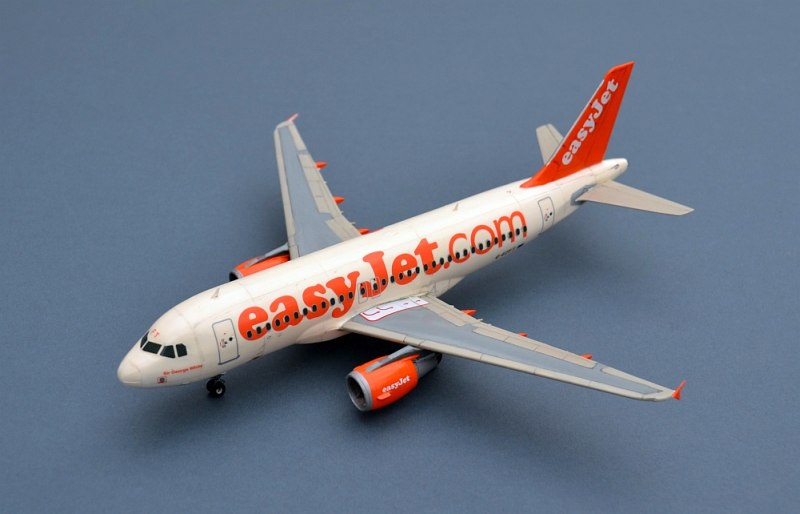
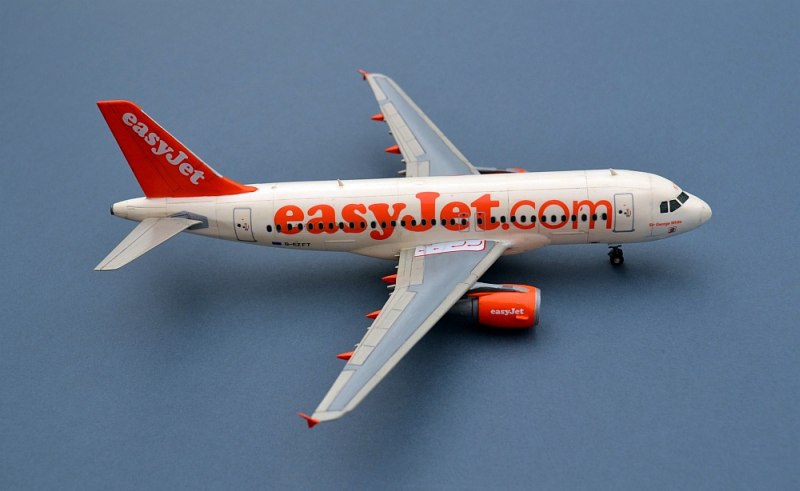
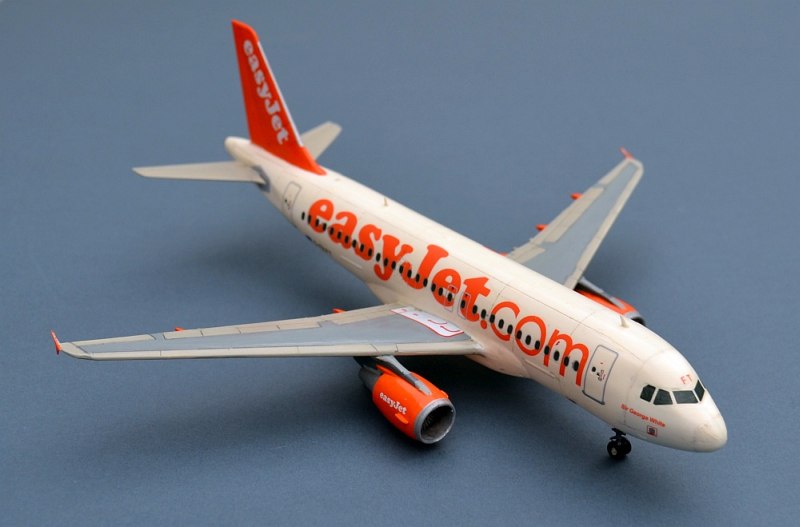
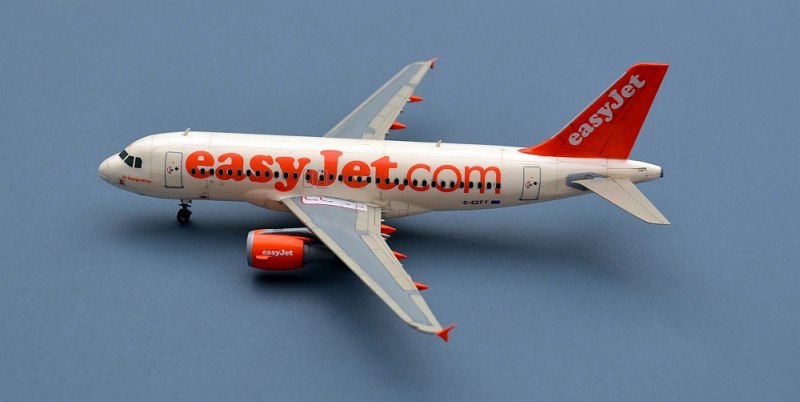
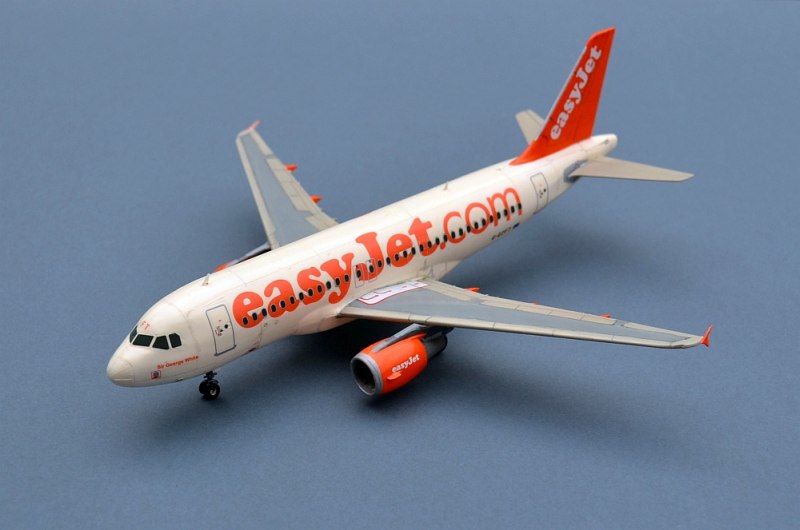
Westland Wyvern S.4
830 Sqn HMS EAGLE, Operation Musketeer, Suez 1956.
Trumpeter 1/72
The Wyvern represented the last gasp of the Torpedo Fighter concept, straddling the era of propeller driven naval combat aircraft and the jet. It suffered a very long gestation period, largely due to delays in the development of suitable conventional powerplants, but eventually entered service using the Armstrong Siddeley Python turboprop.
Trumpeter’s Wyvern kit is an excellent example of a state-
There are a couple of minor niggles; the propeller assembly is overly complex, the engraved panel lines are a little shallow to be used to any modelling effect and the wing joining parts for the unfolded option are a little fragile. But these small issues apart, this is a really well executed kit that I thoroughly enjoyed building. The precisely moulded 3 part wheels and tyres are very nicely done and make painting particularly easy.
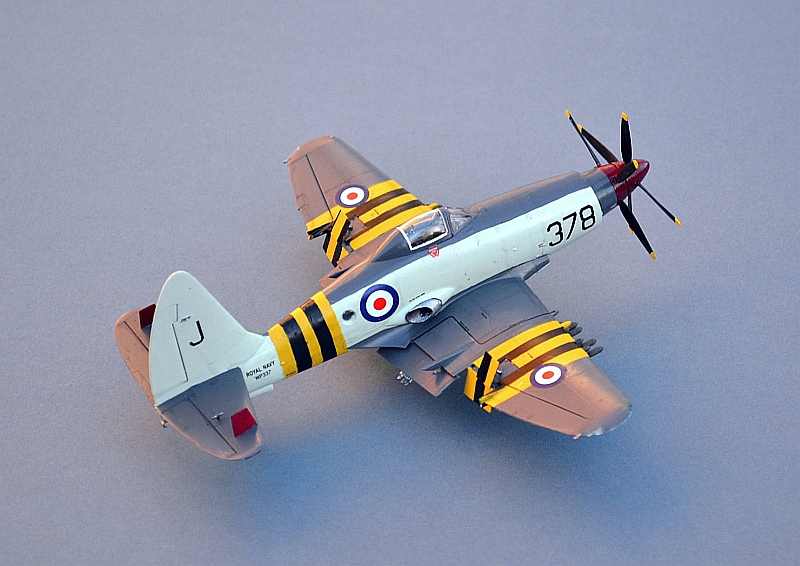
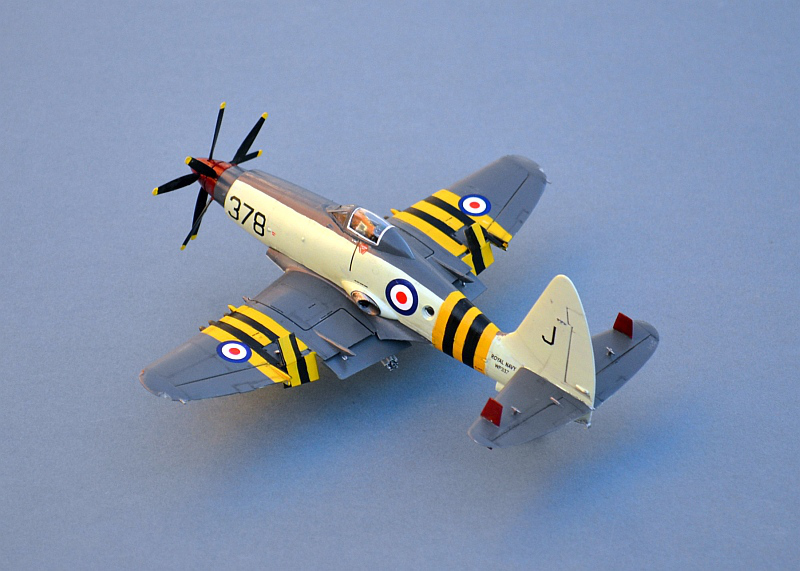


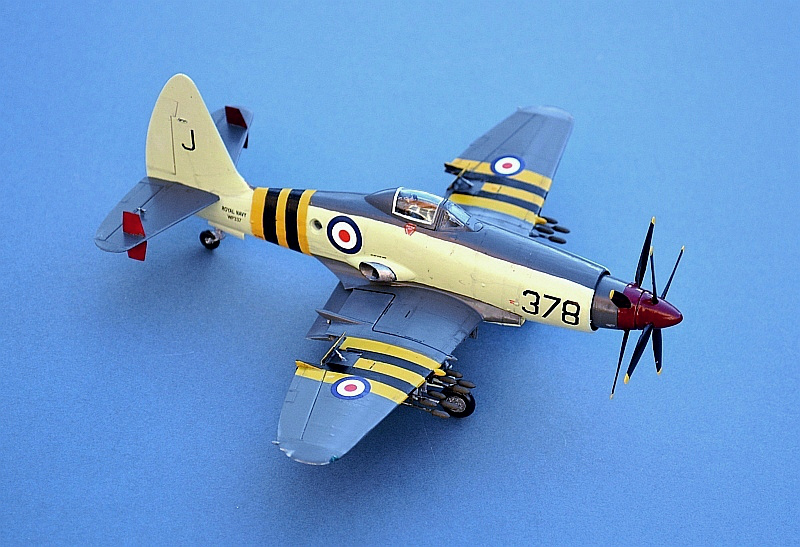
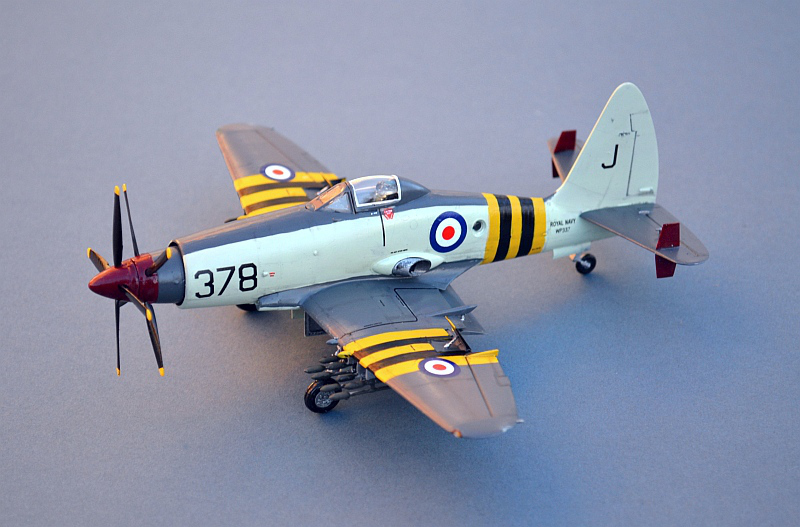

Wyverns only remained in service with the RN for 4 years, equipping 4 front-
Although it proved a stable weapons platform with a commendable war record, of the 124 Wyverns built for the Fleet air Arm, with 39 were lost in accidents , with 13 fatalities. By 1958 it was obsolete and was quickly withdrawn from service.
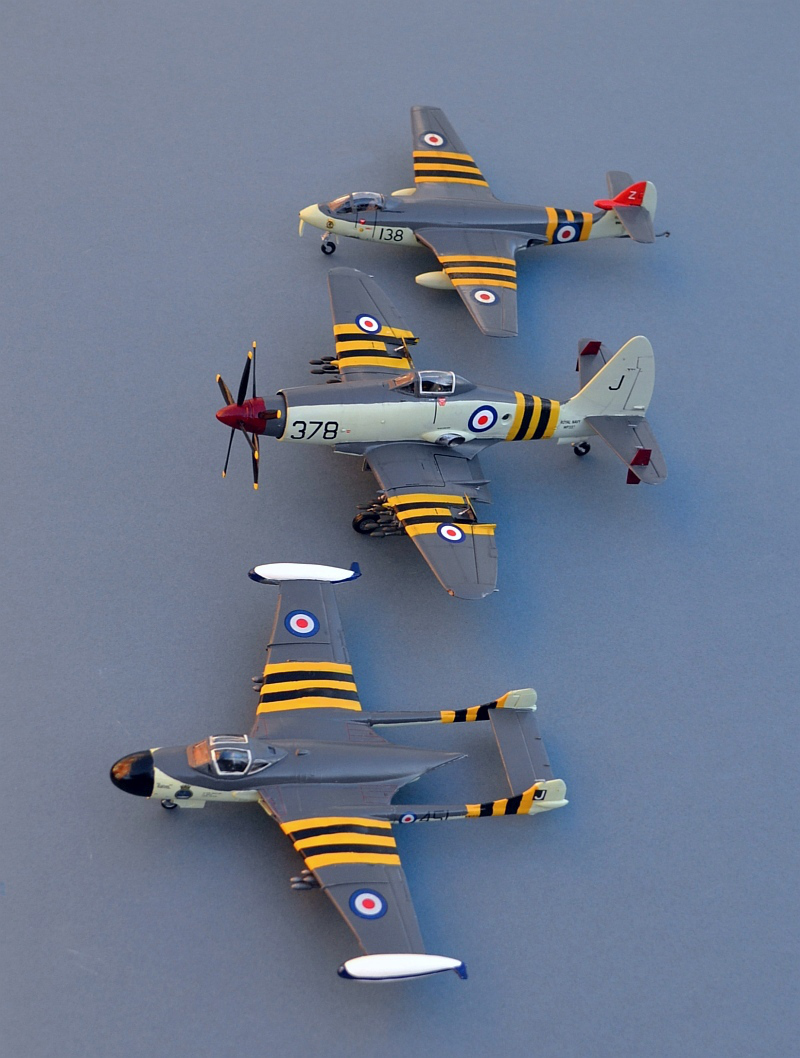
All 3 of my Suez Crisis models together: an Airfix Seahawk, Trumpeter Wyvern and
ex-
